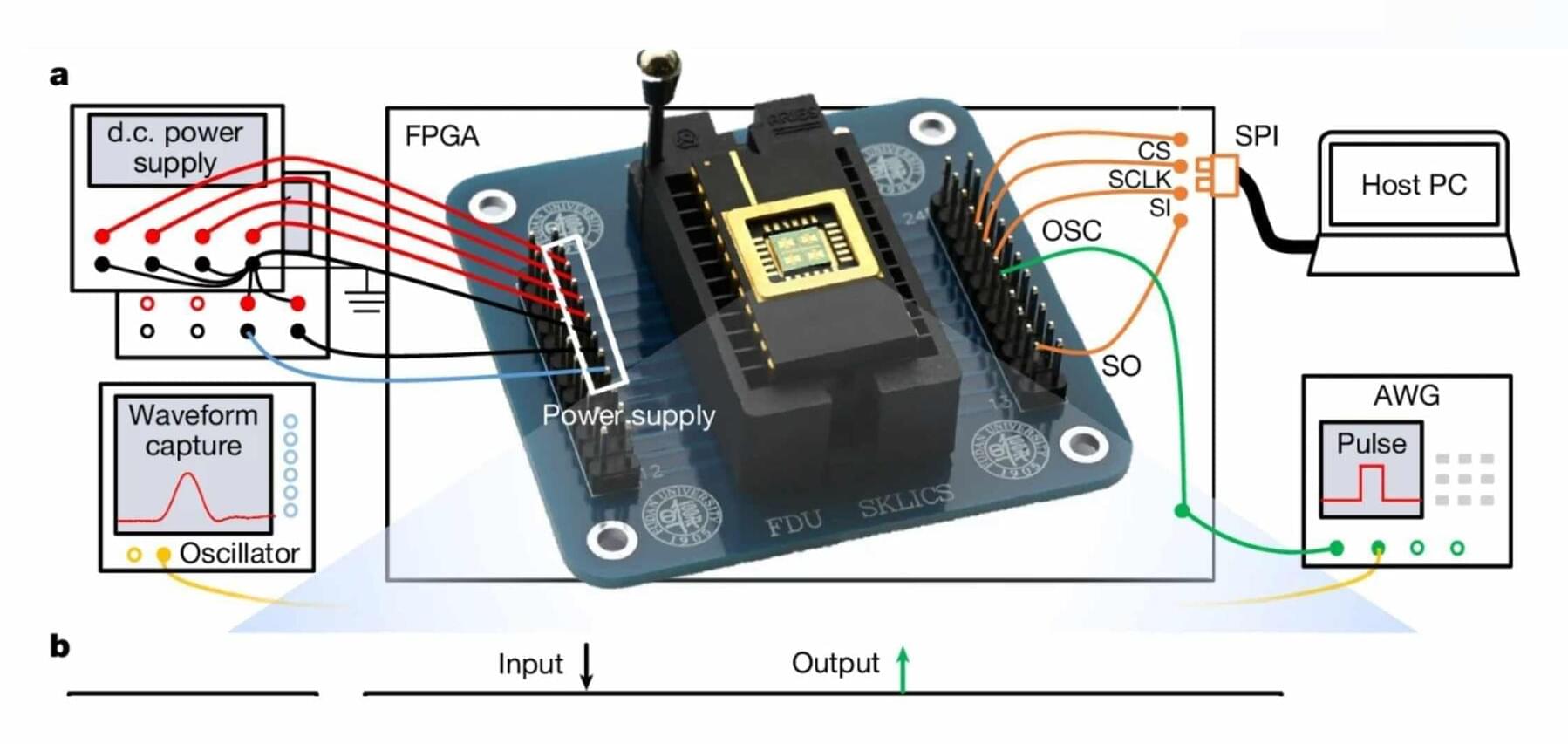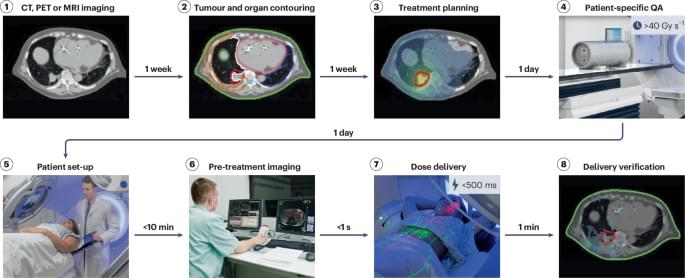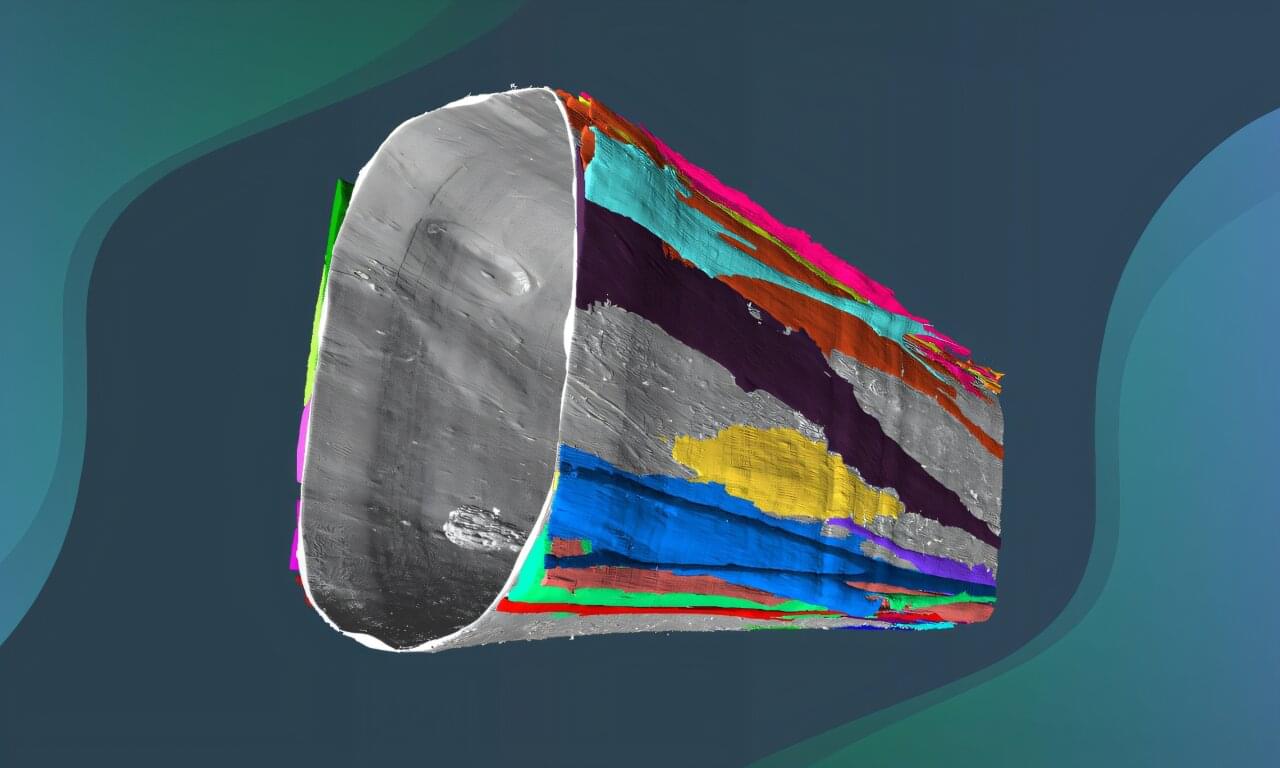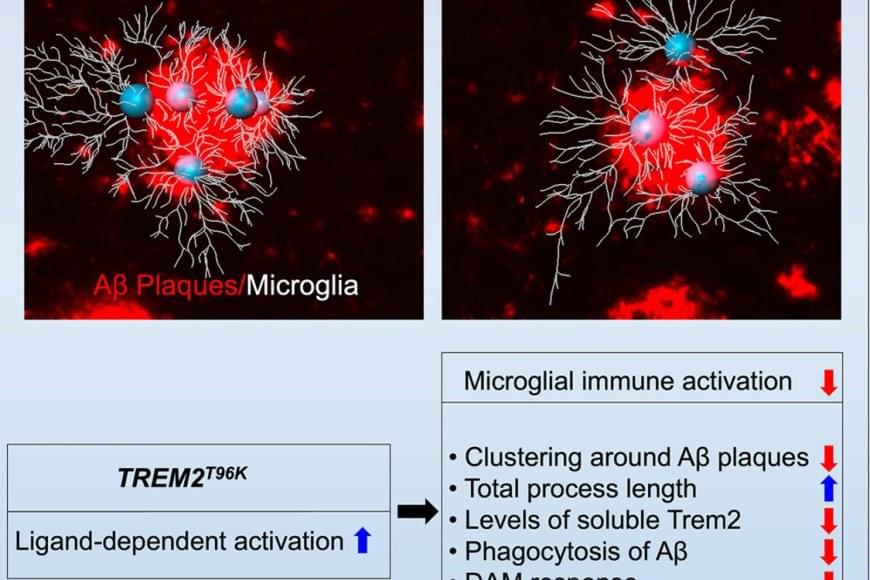Researchers achieve the first complete 2D flash chip, which can be programmed in 20 nanoseconds with minimal energy consumption.





On April 17, 2025, the MIT Shaping the Future of Work Initiative and the MIT Schwarzman College of Computing welcomed Arvind Narayanan, Professor of Computer Science at Princeton University, to discuss his latest book, \.

FLASH radiotherapy delivers a cancer treatment dose in less than a second, reducing side effects while maintaining tumour control. This Review explores technological advances, safety considerations and future directions needed to bring this promising ultra-fast radiotherapy approach into clinical practice.



The team wanted to understand how immune cells of the brain, called microglia, contribute to Alzheimer’s disease (AD) pathology. It’s known that subtle changes, or mutations, in genes expressed in microglia are associated with an increased risk for developing late-onset AD.
The study focused on one such mutation in the microglial gene TREM2, an essential switch that activates microglia to clean up toxic amyloid plaques (abnormal protein deposits) that build up between nerve cells in the brain. This mutation, called T96K, is a “gain-of-function” mutation in TREM2, meaning it increases TREM2 activation and allows the gene to remain super active.
They explored how this mutation impacts microglial function to increase risk for AD. The authors generated a mutant mouse model carrying the mutation, which was bred with a mouse model of AD to have brain changes consistent with AD. They found that in female AD mice exclusively, the mutation strongly reduced the capability of microglia to respond to toxic amyloid plaques, making these cells less protective against brain aging.
